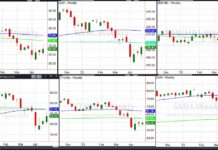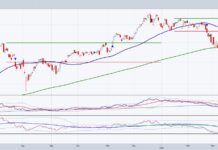Everyone has their favorite trading books and they’re often the ones that we first discover when we begin our trading journey.
For instance, Schwager’s engaging Market Wizards series and Covel’s Complete Turtle Trader books are just two of many famous titles that most SeeItMarket readers have likely read, re-read and shared with others.
Or for those traders who enjoy the history of the markets, Graham’s Intelligent Investor and Lefèvre’s Reminiscences of a Stock Operator are two top picks.
But once you’ve read the seminal works that most everyone cites in blogs and podcasts, what’s next?
Here are five trading books with a slightly quantitative bent that you may have overlooked. All are compelling reads that can offer real value to traders of all disciplines and experience levels.
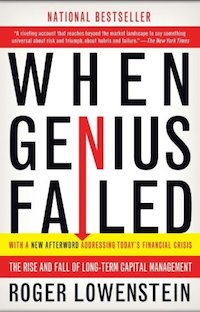 1. When Genius Failed by Roger Lowenstein.
1. When Genius Failed by Roger Lowenstein.
This tale of trading hubris by a group of Noble Prize laureates who eventually blew up their fund (Long Term Capital) and had to be bailed out by the Fed. For those traders who didn’t experience the market of late 1998, it reads like a dress rehearsal for the 2008 melt-down.
While the book does share some details on the esoteric nature of their trades, the greater morale (and source of the action) comes squarely from the erosion of the edge that the partners thought was unassailable. An important lesson for traders of all sizes.
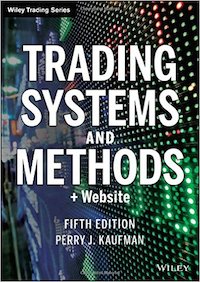 2. Trading Systems and Methods by Perry Kauffman
2. Trading Systems and Methods by Perry Kauffman
Over the past 3-4 years we’ve seen an explosion in the number of books about designing, building and implementing trading systems.
This is one of the originals and has encyclopedic coverage of nearly every aspect of systems trading, focusing largely on tools and techniques. Think of it like a guidebook for your next quantitative pursuit. Currently in its fifth edition.
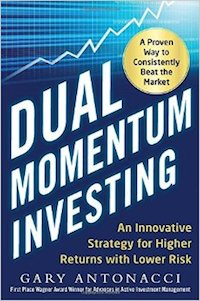 3. Dual Momentum Investing by Gary Antonacci
3. Dual Momentum Investing by Gary Antonacci
Simple investing can be successful. Antonacci lays out a robust and straightforward approach to outperforming the market while avoiding the worst drawdowns.
It’s a smart build on much of the momentum and tactical asset allocation work over the past 20 years. Meb Faber’s TAA book is a great companion and point of reference for Dual Momentum.
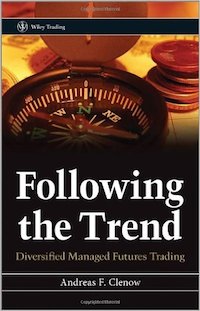 4. Following the Trend: Diversified Managed Futures Trading by Andreas Clenow
4. Following the Trend: Diversified Managed Futures Trading by Andreas Clenow
Clenow takes a simple system and rather than back testing it and sharing the results, spends more than half the book living with the system, creating a real-time log of his trading successes and shortcomings.
While the system structure isn’t especially important, it does a fantastic job of demonstrating what it feels like to trade a system over several years and how to live with the inevitable ups and downs. It’s easy to look a chart in hindsight but quite another to stick to a trading plan.
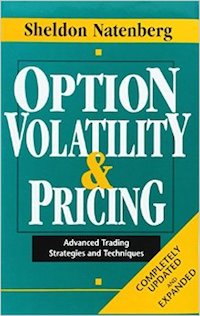 5. Option Volatility and Pricing by Sheldon Natenberg
5. Option Volatility and Pricing by Sheldon Natenberg
This is the one trading book you frequently see new traders reading on the train on their way to work. While the writing style may seem more dense than the other titles on our list, it’s an essential read for retail traders who are looking to better understand the price behaviors of options contracts and effective uses of options strategies.
Definitely not the first options book for a newbie trader but certainly required reading if you’re putting your money to work in the options market.
Any opinions expressed herein are solely those of the author, and do not in any way represent the views or opinions of any other person or entity.

